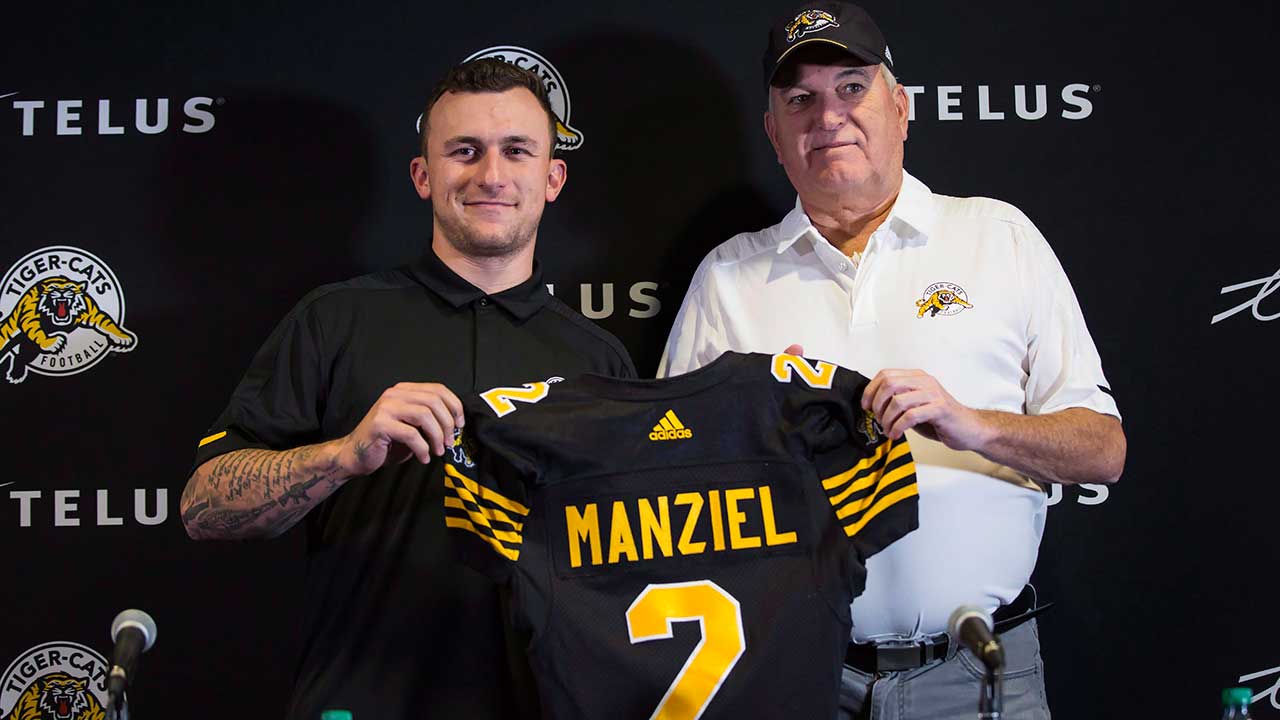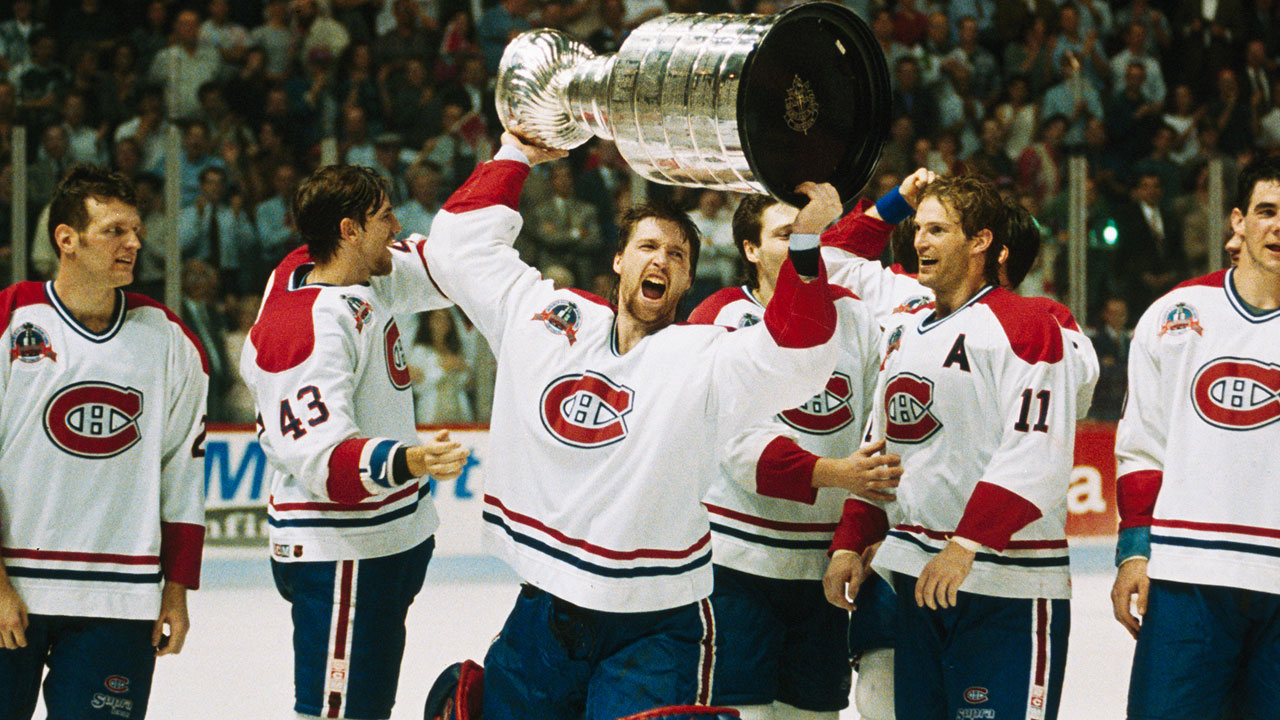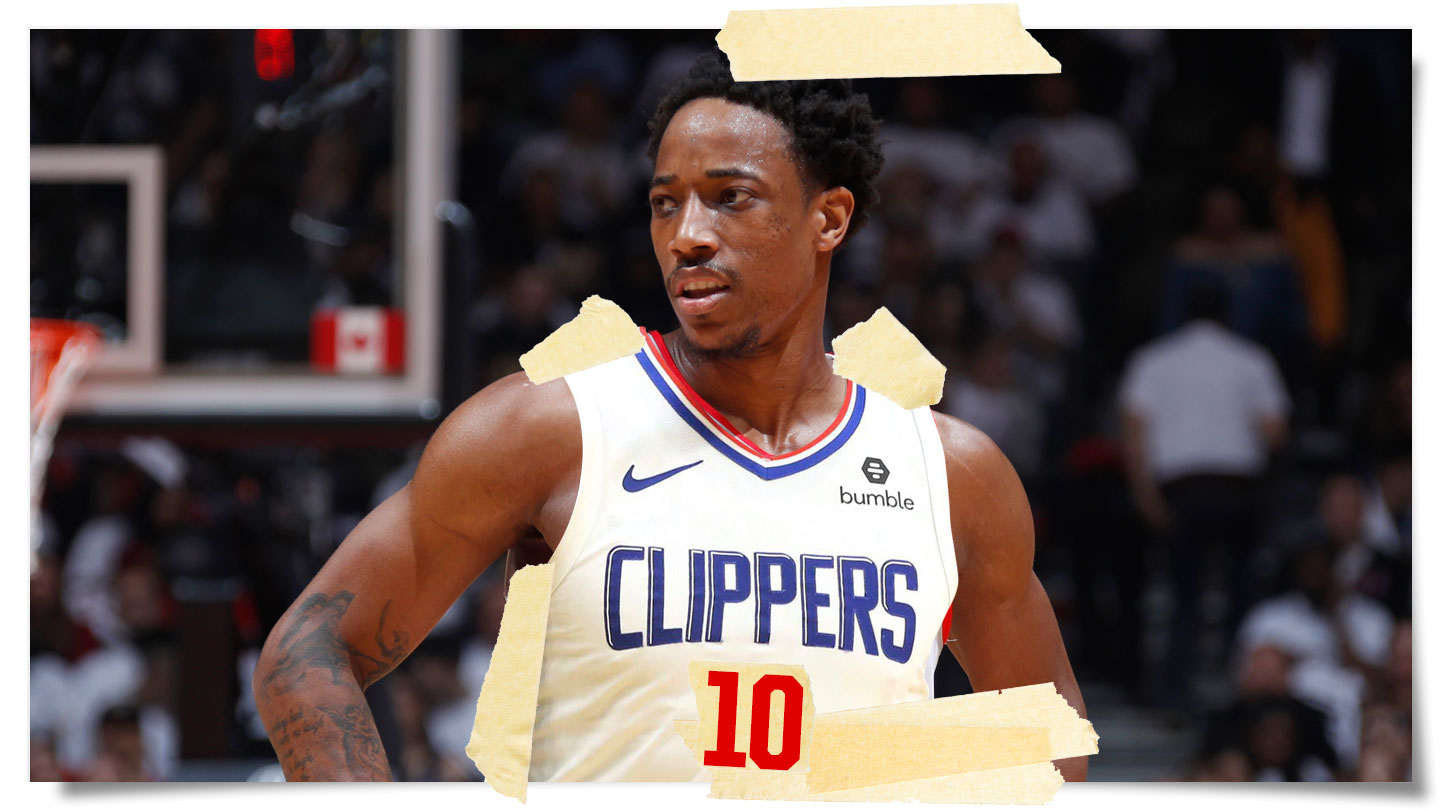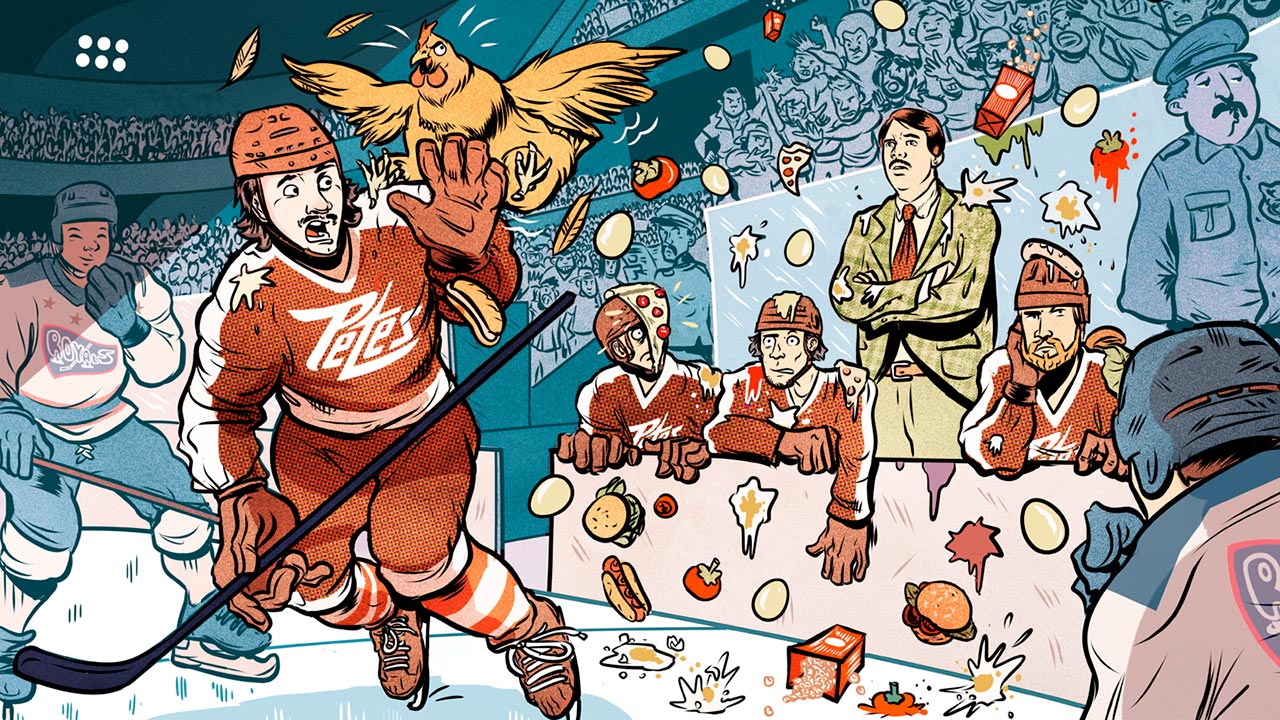On the opening morning of Hamilton Tiger-Cats training camp, Johnny Manziel was somewhere he hadn’t been in, oh, 28 months or so — on a football field in the company of a several dozen men in pads and helmets and a quorum of coaches in their respective professional miens. Manziel had been the talk of the Canadian Football League for the last couple of days, the interim period between the announcement that he had signed on with the Ticats and his actually setting foot on the field.
Manziel hadn’t quite come in from the wilderness. Over his two seasons on the sidelines a lot of quarterbacks had taken teams down the field in stirring two-minute drills and still made fewer headlines than the ubiquitous “Johnny Football.” Manziel, it seemed, had never really gone away; or, depending on your disposition, wouldn’t ever go away. That public presence wasn’t by chance. It’s simply a lifestyle choice. After all, before the Ticats could introduce Manziel to their fans, he had already posted a video on Twitter announcing his signing while passing through Canadian customs. Same as it ever was, at least since he became the first freshman to win the Heisman Trophy in 2012.
A testament to the dedication of Hamilton fans: One hundred or so interrupted their long weekends to sit in the stands at McMaster University’s Ron Joyce Stadium. Over the last hour of the practice, Manziel was one of them — that is a spectator, albeit on the field. He took off his helmet and took a knee. Or he stood beside quarterback coach Dan Morrison, talking animatedly. Or he put his helmet back on and mingled with the other QBs, leading fans to believe that he was going to take his place and throw in one-on-one drills or, later, with sets of receivers running patterns into coverages. But Manziel did not drop and set and throw. Not once. For at least another couple of days, Manziel completing a meaningful pass was going to have to remain a figment of the fans’ imaginations.
And still he was the talk of the day. The majority those on hand cheered him on as he walked off the field, and waited to shake his hand or have him autograph footballs, freshly pressed No. 2 t-shirts and even socks. He was Topic No. 1 in every media scrum. For now and for some indeterminate span of time going forward, for better or worse, Manziel is theirs. Or Hamilton and the Ticats are his.
And in the aftermath of the practice, once every other player had headed to the dressing room, Manziel stood in front of reporters and gave his best performance of the day. This first practice was a chance to go to school on a game unlike the ones he played in the NCAA and the NFL. “It felt better being out here than lying in bed last night going over the playbooks,” he said. “In meetings [Saturday], I felt super-overwhelmed and getting hard on myself ‘cause it’s different. The routes are different … the certain windows you hit and when they happen. It was good to see things develop that I didn’t see in the playbook last night.”
Johnny Manziel said the right things. Will his time in the CFL turn out all right? No one can truly know. Was giving him one last shot (or at least another shot) the right thing to do? There’ll be some disagreement about that.
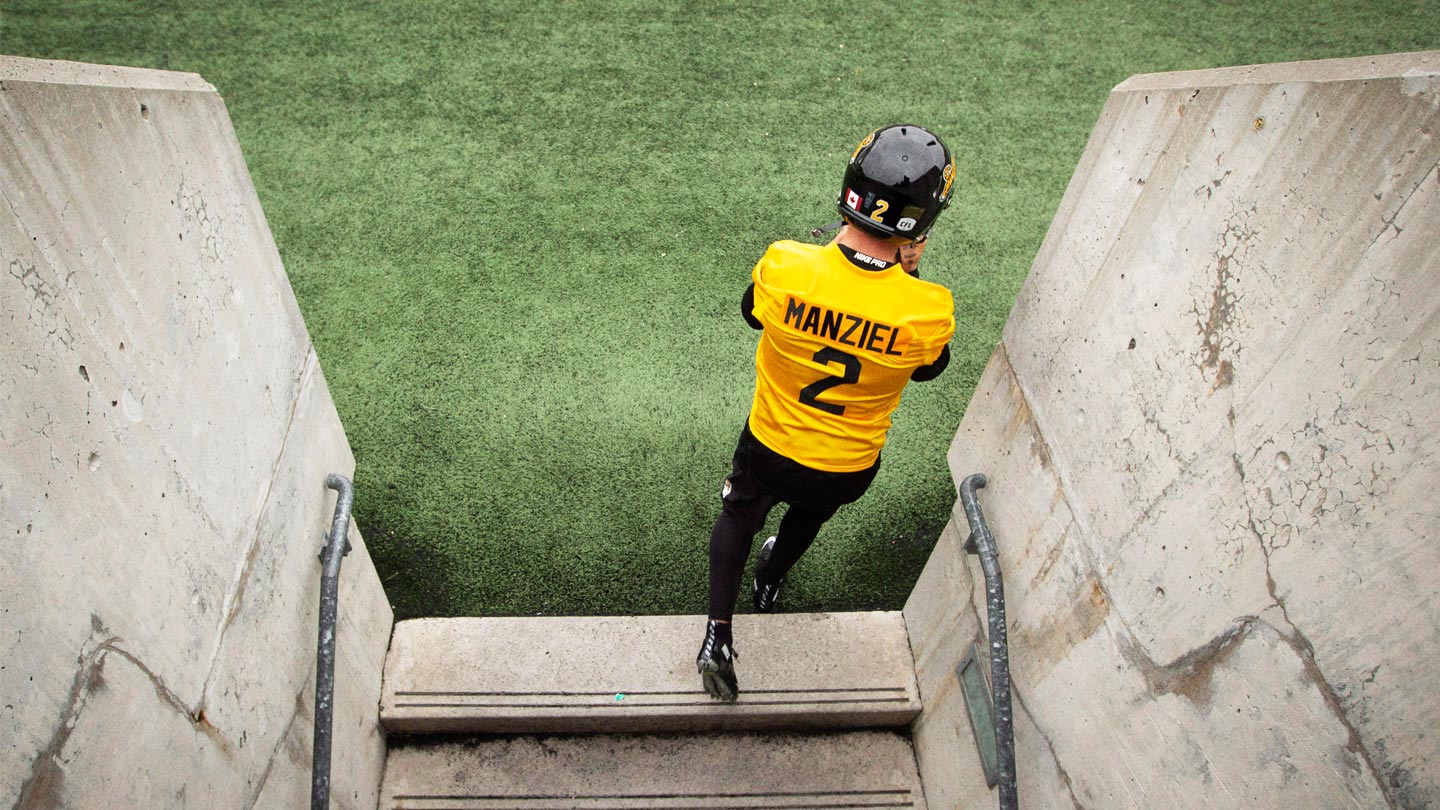
The decision to sign any player is made with eyes looking forward at what that player can do for you down the line. Their personal history factors in as well: what the player has proven over the course of a career, and what might be replicated in the coming season. And finally, in a very few cases and with very mixed results, there’s a consideration of that player’s ability to sell tickets. Future. Past. Buzz. That’s how it usually plays out — in declining order. But it is the opposite with Johnny Manziel, where buzz is greater than the sum of future plus history squared.
Buzz: Let us begin by saying that, in signing Manziel, the Ticats — a franchise rich in history, evoking bygone eras, quaint in its own way — have in the fold a player of our times.
When Manziel made his Twitter announcement, the video went out to his 2.2 million followers. Within 48 hours, it had been viewed 380,000 times. (For context, the Ticats official Twitter account has 143,000 followers.) And that wasn’t the only piece of breaking news in the update: Manziel also announced that he had signed on with Barstool Sports to launch a weekly podcast, The Comeback SZN. As billed on iTunes, his podcast will feature his agent Erik Burkhardt and host Kayce Smith and will focus “on College Football, NFL storylines [sic], and the career progress of Johnny Manziel as he begins his journey with the Hamilton Tiger-Cats.”
Barstool Sports is inarguably a phenomenon; a Boston-based blog with four writers spun out into a nine-figure valuation. One business magazine described the website as “the bible of bro culture.” To give you a sense of Barstool’s cultivated insensitivity: Its founder and owner Dave Portnoy has said that women who are size 6 and wear skinny jeans deserve to be raped. The site has also staged “Blackout Tours,” booze-drenched bacchanals that resulted in several cases of alcohol poisoning.
Never before has the CFL had a player with a public profile like Manziel’s, but his association with the Barstool Sports brand has to be considered problematic, particularly given his history. It could also be a perfect calculation by management: a taking of sides in the culture wars, betting on bro culture and social-media mega-celebrity to significantly outweigh the risk of alienating those offended.
History: At some point, probably around the time that the Cleveland Browns selected him 22nd overall in the 2014 draft, Johnny Manziel became a celebrity first and a player second. That shouldn’t throw shade on what a great college player he was as a redshirt freshman at Texas A&M. He became the first player in Southeastern Conference history to rack up more than 500 yards of total offence in consecutive games and established himself as a Heisman favourite with the No. 15-ranked Aggies’ upset of then top-ranked Alabama. With 229 yards rushing and 289 passing, Manziel erased any doubt about his Heisman worthiness when Texas A&M rolled over Oklahoma 41-13 in in the Cotton Bowl. He wasn’t just the most exciting player in the college ranks that season, he was the most exciting in recent memory.
And he was a great story: a kid from Kerrville, Texas, pop. 24,000, a place one step removed from The Last Picture Show; six feet (maybe) and not first or maybe even third on the depth chart at the start of the season. Even Burkhardt didn’t see it coming. On the debut episode of their podcast, the agent was asked what he thought of Manziel after seeing him for the first time in spring football as a freshman: “That was terrible … [then I was told] just wait till the lights come on.”

It didn’t exactly go sideways in Manziel’s sophomore year but he backslid. Nonetheless, he didn’t crater or fall to earth the way many expected: he earned a fifth-place finish in the Heisman voting. Manziel declared for the 2014 NFL Draft and on the eve of the big day, ESPN’s Mel Kiper slotted him for the seventh-overall pick and projected him to be the first quarterback selected. Sports Illustrated’s mock draft had Manziel going first overall to Houston.
Others weren’t so sure. Most skeptical of all was Ron Jaworski, another ESPN analyst, who put Manziel in the fourth round and upgraded him to the third round after what was described by scouts in attendance as a lights-out pro day performance. Jaworski’s read wound up prophetic. On draft night, cameras tracked Manziel in the green room and his disappointment at being passed over time and again was excruciating to watch. When he stepped on the stage after three hours, Manziel flashed the money sign, just so much forced bravado. Jaworski’s criticisms were largely mechanical (e.g. throwing off his back foot) and no doubt, they were grounded in reality. But that didn’t make them deal-breakers in Cleveland.
The Browns’ patience wasn’t unlimited. Fact is, it was quickly strained, entirely Manziel’s doing. When it came to the playbook and game video, he was content to be a C student. That he drank was known to all, going back to his freshman year in College Station when he was busted for carrying fake IDs and posting Instagram pics from frat-house parties. Still, the Browns couldn’t have imagined that he’d regularly arrive at practice hungover, not looking for soft spots in coverages so much as soft spots to lie down. Mentors exerted stabilizing influences but had the shelf life of a box of raspberries. A visit to rehab didn’t set him on a new course so much as buy him time. And when the story broke that police were investigating Manziel for a domestic assault that left his then-girlfriend with a ruptured eardrum, the team didn’t wait for allegations to rise to the level of charges. Manziel was done in Cleveland and radioactive anywhere else he might have been given a shot. Ultimately the matter didn’t go to trial. In an arrangement with prosecutors, the charges against Manziel were dropped when he enrolled in an anger-management course but, understandably, NFL teams took an approach of “fool me once, shame on you; fool me 200 times, shame on me.”
For now.
Future: It is, of course, the unknown — but maybe not entirely so.
There’s no predicting how Johnny Manziel will perform on the field for the Ticats after such a long hiatus — more than four calendar years since he was under centre every week. He faces a steep learning curve, not just because he’s got a lot of homework but also because it’s the first time he will have done homework like this at all. As he told Dan Patrick just weeks before signing with Hamilton: “If Cleveland did any of their homework, they would have known that I was a guy that didn’t come in every day and watch film. I was a guy that didn’t really know the Xs and Os of football. I played in a spread offense [at Texas A&M]. We looked at bubbles, we looked at flats, we had progression reads across the field — it wasn’t like it was a super-intricate pro system. When I get to Cleveland, we have a quarterback in the room that’s not helping me — and it’s not really his job to, but nobody was there, like, helping me go over the Xs and Os, and it was hard. I struggled.”
In Hamilton on Day 1, Manziel admitted that he felt “overwhelmed” when he cracked the playbook. Learning a system was hard enough when there were 11 Xs and 11 Os; now there are a dozen apiece. The Ticats messaging at the start of training camp: Manziel is studying the playbook like a rabbi studying the Talmud. In the first week of practice, Jeremiah Masoli, the team’s returning starter, was generous with his time for Manziel, giving him the benefit of his knowledge acquired in six previous CFL seasons. This isn’t the territorial or proprietary setting Manziel walked into with the Browns. Said Ticats coach June Jones: “It just confirms to me [Masoli] is who I thought he was. He’s just a first-class person on top of being a great quarterback.”

The Manziel experiment in Hamilton goes far beyond the playbook. He’s not getting back into a rhythm he was accustomed to; he’s expected to be a professional, a significant break from everything that has gone before. And, perhaps most importantly, Manziel acknowledges that his troubles in his two NFL seasons were of his making. “It’s all about the right fit and mine in Cleveland wasn’t right,” he says. “I also have nobody to blame but myself.”
There’s also no knowing whether success will present a greater threat than failure and frustration. Will heroics awaken Manziel’s dormant bro? He is, still, a boyish 25. It is only a couple of years since his own father expressed fears his son would die within a year if he didn’t get into rehab. Manziel says he has been sober since January. He says that he is taking medication for bipolar disorder, which was only diagnosed in his hiatus from the game. He portrays his marriage as a stabilizing influence. By his account, he turned a corner in his life while away from the game. His return to pro football might exorcise the last of his demons or let them loose once more. It might have been that not playing presented the greater personal risk. “That’s been a hard point in my personal life … what do I do with my time?” he said. “You can only work out and do so much football stuff without actually playing.”
Still, controversy will follow Manziel wherever he goes this season. The current unavoidable question: Are the league and the Ticats willfully turning a blind eye to Manziel’s history of domestic violence because he will sell tickets and merchandise? When asked, head coach June Jones punted. “You should talk to the commissioner about that,” he said testily. “We’re just following the rules. I don’t have anything to comment on that stuff. I just coach the players who are out here.”
Jones was a new-school quarterback while running Mouse Davis’s run-and-shoot offence back in the ’70s and is regarded as a progressive builder of QBs. These days, though, he evokes Craig T. Nelson, if Coach’s comedy writers had staged a walkout. If he thinks that a tone-deaf deflection will satisfy those who question the league’s messaging on domestic violence, he’s time-travelling to the days of leather helmets.
Though Johnny Manziel has aligned himself with a website that embraces and even celebrates toxic masculinity, he understood that the question deserved an answer: “I can never outrun my past,” he said. “I haven’t been perfect by any means. I’ve made mistakes as anyone else has in his past. The magnitude of the mistakes in my past are not something that I’m proud of. At the end of the day, I’ve come a long way from the person I was. I’m confident that I’m doing the things to ensure my health physically and mentally and be a good person day in and day out. I’ll never be able to outrun my past. The only thing I can do is grow and be a better person.”
That growth and self-betterment will play out on both the field and social media. The conventional wisdom: Everyone loves a comeback story. So, it was that Hamilton fans waited for Johnny Manziel’s autograph, that orders rolled in for season-tickets. He’s made it all sound sincere; he swears he’ll make the most of this latest second chance. But not a word he says or thing he does on the field will win over those who think he doesn’t deserve any more time in the spotlight.

